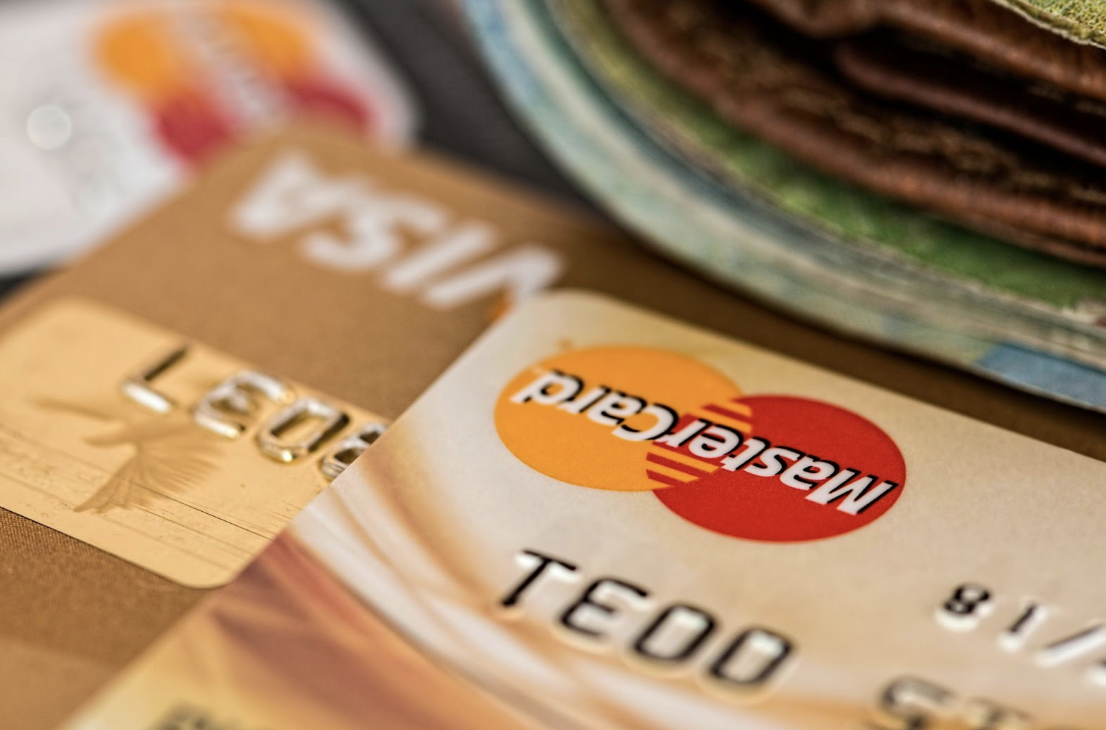
Credit cards built the rails for how Americans buy, pay, and trust online. Long before mobile wallets and crypto wallets entered the picture, these small plastic rectangles created the habits that shaped digital spending. They still quietly hold that role, powering everything from grocery orders to subscription renewals, and even the growing world of online gaming.
When people talk about innovation, they often skip over credit cards. They sound too ordinary, too familiar. Yet they remain one of the most resilient financial tools in the country’s digital evolution.
How Credit Cards Created Online Confidence
In the early days of e-commerce, paying online felt risky. You typed in your number, hoped it was secure, and waited to see if the charge went through. What made people trust that process was the promise behind the card. Fraud protection, dispute resolution, and an institution willing to stand behind every transaction.
That safety net made digital commerce possible. Once consumers realized they could reverse a bad charge or dispute a scam, fear started to fade. Credit cards turned online payment from a gamble into something routine.
Today, that same structure underpins nearly every digital business. Platforms rely on those guarantees to reassure customers and build credibility. The model has shaped how people approach newer tools, too, from crypto to instant transfer apps, even when the systems look entirely different on the surface.
Crypto and the New Kind of Trust
Cryptocurrency entered the scene with a promise of freedom. Fast, borderless payments without relying on banks or card issuers. In a few industries, it caught on quickly. Online gaming, for example, has seen players experiment with digital coins while still relying on the trusted convenience of a credit card casino for secure, familiar transactions.
Crypto built its appeal around control. Transactions move without intermediaries, confirmed by code rather than by institutions. For some users, that independence feels empowering. Funds clear in seconds, fees shrink, and privacy rises.
But the trade-off is trust. When something goes wrong, there’s no bank to call or dispute to file. The same independence that gives users freedom also puts all responsibility on them. Ownership replaces protection.
That’s where the contrast sharpens. Credit cards depend on confidence in the system, while crypto depends on confidence in technology. Both forms of trust shape how Americans move money online, just in very different ways.
Mobile Wallets and the Shortcut Economy
Then came mobile wallets, Apple Pay, Google Pay, and countless others. They didn’t replace credit cards so much as hide them under a smoother design. The card still sits beneath the surface, powering the transaction.
Wallets changed behavior. People started paying with phones, watches, and taps instead of swipes. The experience feels instant, though the system behind it still runs on card rails. It’s a faster, more intuitive interface for the same trusted process.
The rise of mobile wallets also opened the door to new types of commerce. Small sellers, street vendors, and subscription creators could take payments without point-of-sale hardware. What started as convenience turned into inclusion.
The trust, however, still comes from the underlying card networks. They remain the clearinghouse. The layer that confirms identity, protects from fraud, and keeps records consistent.
Why Credit Cards Still Anchor the Digital Economy
The strength of credit cards lies in their blend of simplicity and structure. They connect every level of the economy: consumer, business, and bank. They allow cross-border payments, recurring charges, and predictable dispute systems. All features that digital wallets and crypto are still learning to replicate.
For businesses, credit cards mean stability. Payments are clear on a schedule. Refunds follow clear rules. The system has been stress-tested for decades, which is why even the most modern platforms still offer a “Pay with card” option first.
For consumers, it’s about balance. Cards offer freedom with guardrails. You can purchase in seconds, but still have recourse if something goes wrong. That’s a rare middle ground in today’s economy, where speed often comes at the cost of protection.
The Blended Future of Payments
The future isn’t about one method winning over another. It’s about how these systems overlap. Many digital platforms now blend them, using blockchain for speed, wallets for ease, and cards for trust.
A crypto trader might link a debit card to an exchange. A mobile user might load a wallet backed by their credit account. A gamer might fund an account at a casino and withdraw to a digital wallet. In every case, the card’s infrastructure stays at the core.
That same framework now touches larger markets, including housing. Lenders use instant verification tools and digital ID checks drawn from payment tech to speed up approvals. The next phase of the U.S. housing market may lean on those same systems to make closings faster and financing simpler.
Credit cards remain the quiet constant in that progress, the stable layer holding the digital economy together as it keeps evolving.